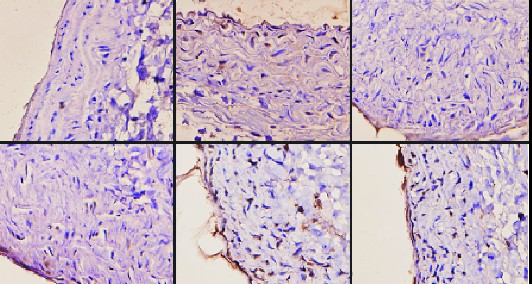 PDF(1916 KB)
PDF(1916 KB)


Effect of inhibition of Notch signal on pulmonary vascular remodeling induced by angiotensin Ⅱ
QIAO Li-Na, XU Hong-Bo, SHI Kun, ZHOU Tong-Fu, HUA Yi-Min, LIU Han-Min
Chinese Journal of Contemporary Pediatrics ›› 2011, Vol. 13 ›› Issue (6) : 503-508.
 PDF(1916 KB)
PDF(1916 KB)
 PDF(1916 KB)
PDF(1916 KB)
Effect of inhibition of Notch signal on pulmonary vascular remodeling induced by angiotensin Ⅱ

Notch signal / Angiotensin / Pulmonary / Vascular remodeling / Rats